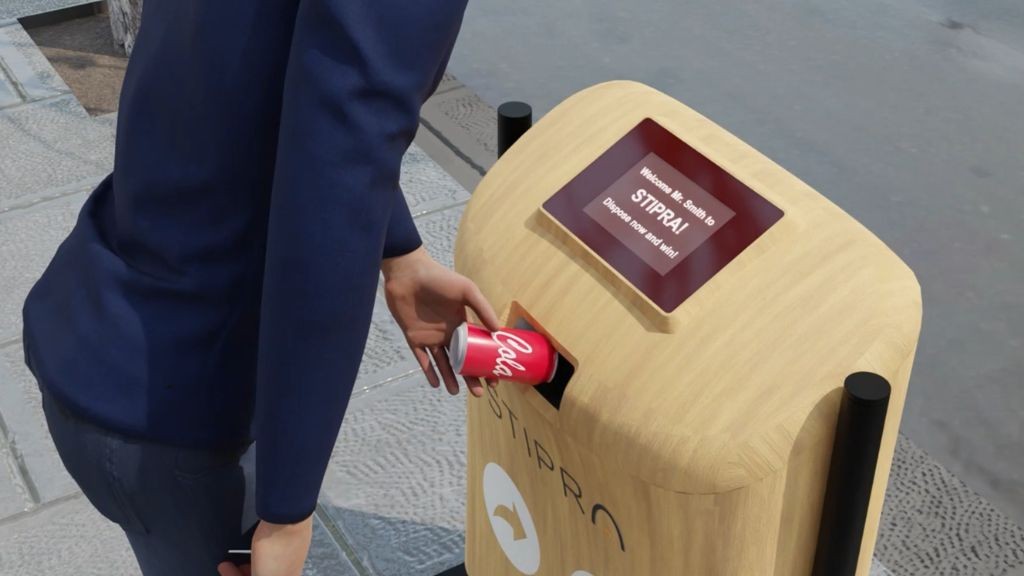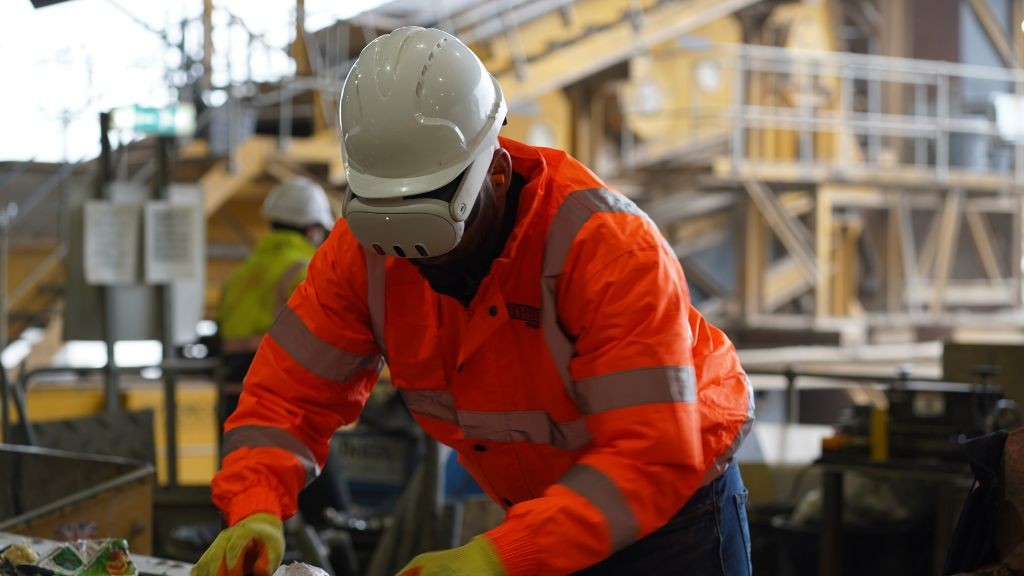5 things recyclers can learn from smart bin data
Open-source POD technology from TeknTrash reveals real-world consumption insights that help recyclers close the loop on waste

As recycling operations push for more data-driven decision-making, interest in smart bin technology is growing. One example is POD (Point of Disposal), developed by UK-based research company TeknTrash Robotics. The company recently made its POD system open source, giving waste and recycling professionals access to its codebase.
While conventional data sources like Point of Sale (POS) systems show what was purchased, POD shows how products are used and discarded, providing insights that can support planning, material recovery, outreach, and packaging design. Here are five ways this type of data can benefit recycling programs, processors, and MRFs.
1. Track what materials are actually entering the waste stream
POD provides data on what materials are actually making it to end-of-life and entering the waste stream. While POS data can estimate how much of a product was sold, it doesn't confirm whether that material was used, stored, wasted, or recycled. This visibility allows municipalities and processors to improve forecasting, plan for peak volumes, and better align sorting infrastructure with material flow.
2. Understand how long products stay in use before disposal
POD can track the time between product purchase and disposal, which helps identify the types of materials or products that have longer in-home lifespans. This is important when it comes to assessing collection frequency or contamination risk for specific packaging types.
3. Identify regional differences in disposal behaviour
By capturing geolocation data at the point of disposal, POD allows for analysis of regional differences in recycling behaviour. This can inform targeted outreach campaigns or reveal gaps in public access to recycling infrastructure
4. Measure the real impact of education campaigns
Tracking real-time disposal trends by region helps programs assess whether outreach and education efforts are actually leading to better recycling habits. This feedback loop makes it easier to fine-tune messaging and prove program ROI.
5. Verify if packaging is reaching the correct recycling stream
POD uses barcode and shape recognition to identify which packages are ending up in the right stream, which is valuable for validating recyclability claims and supporting extended producer responsibility compliance with hard data.



